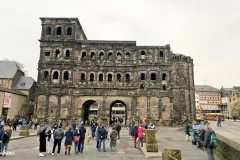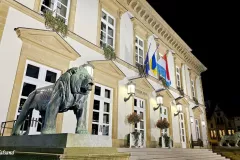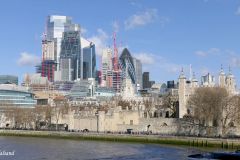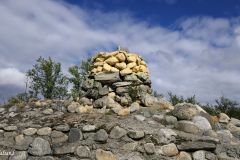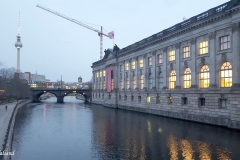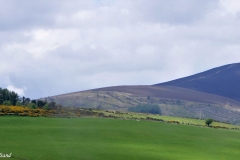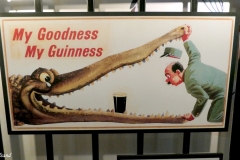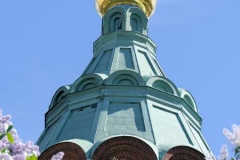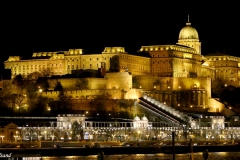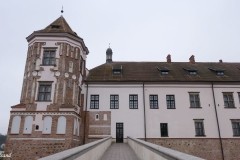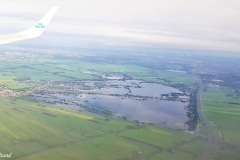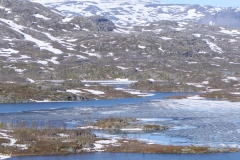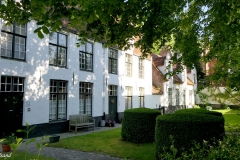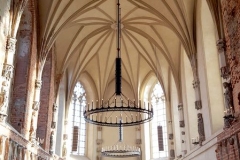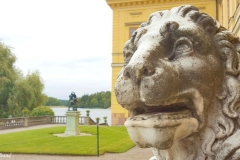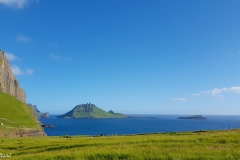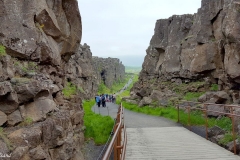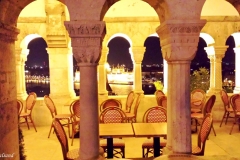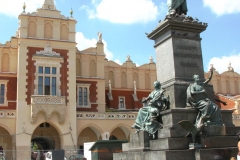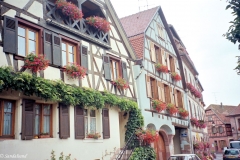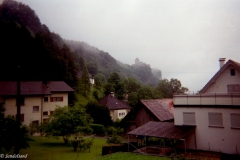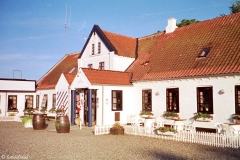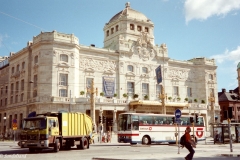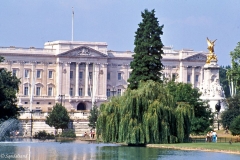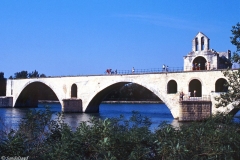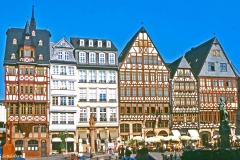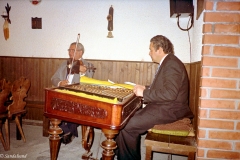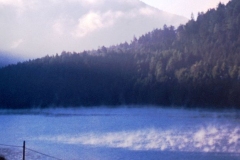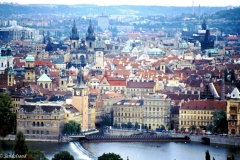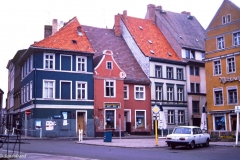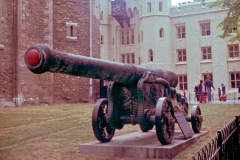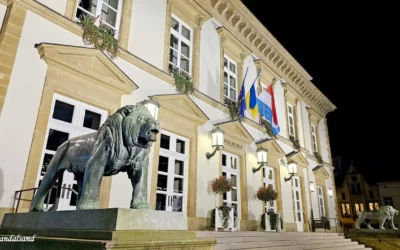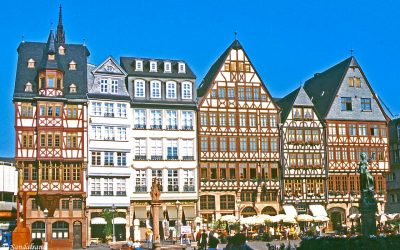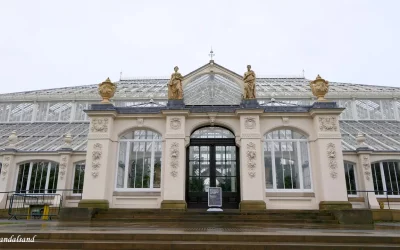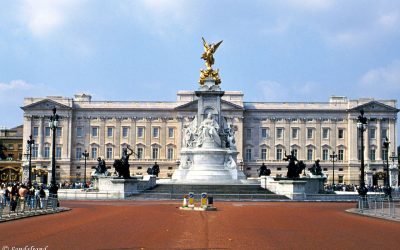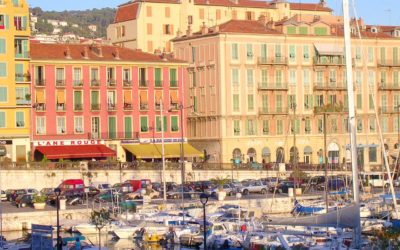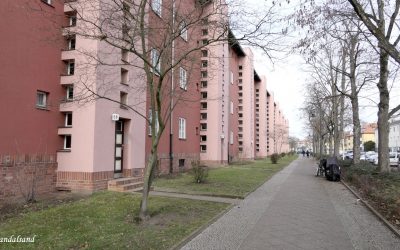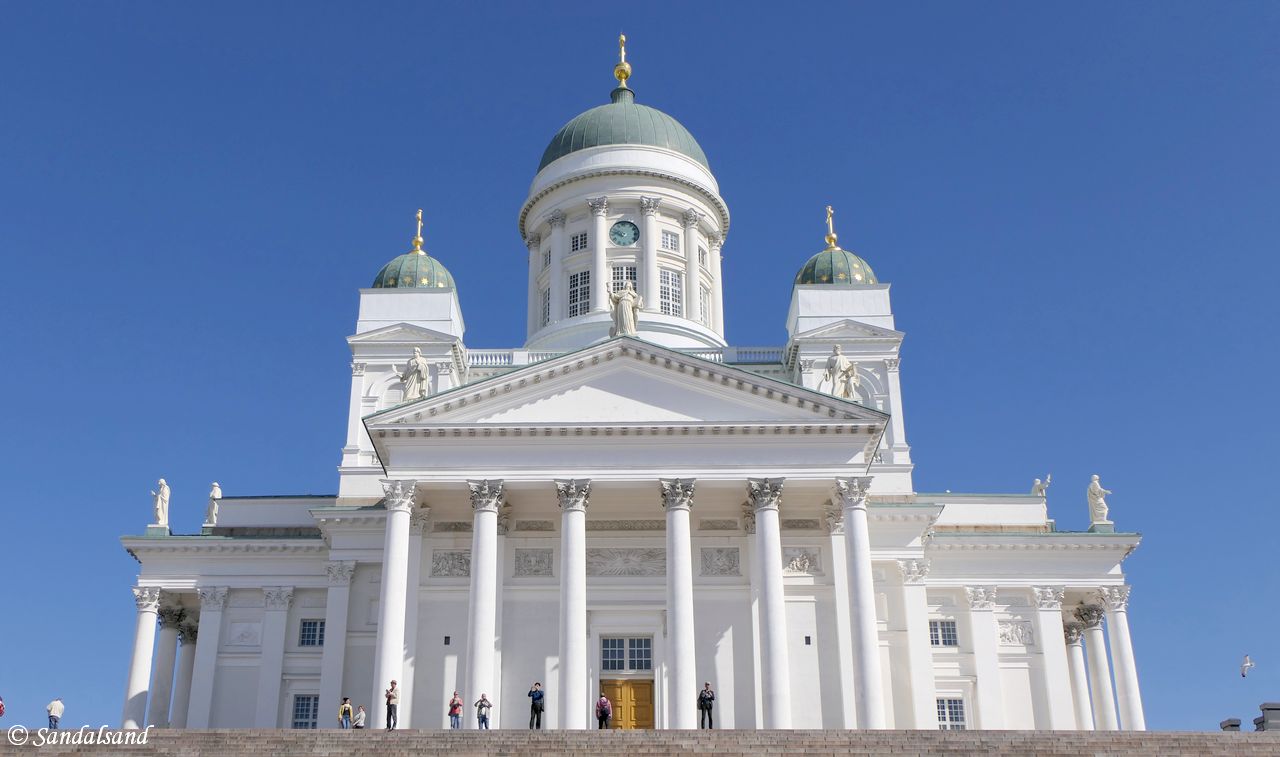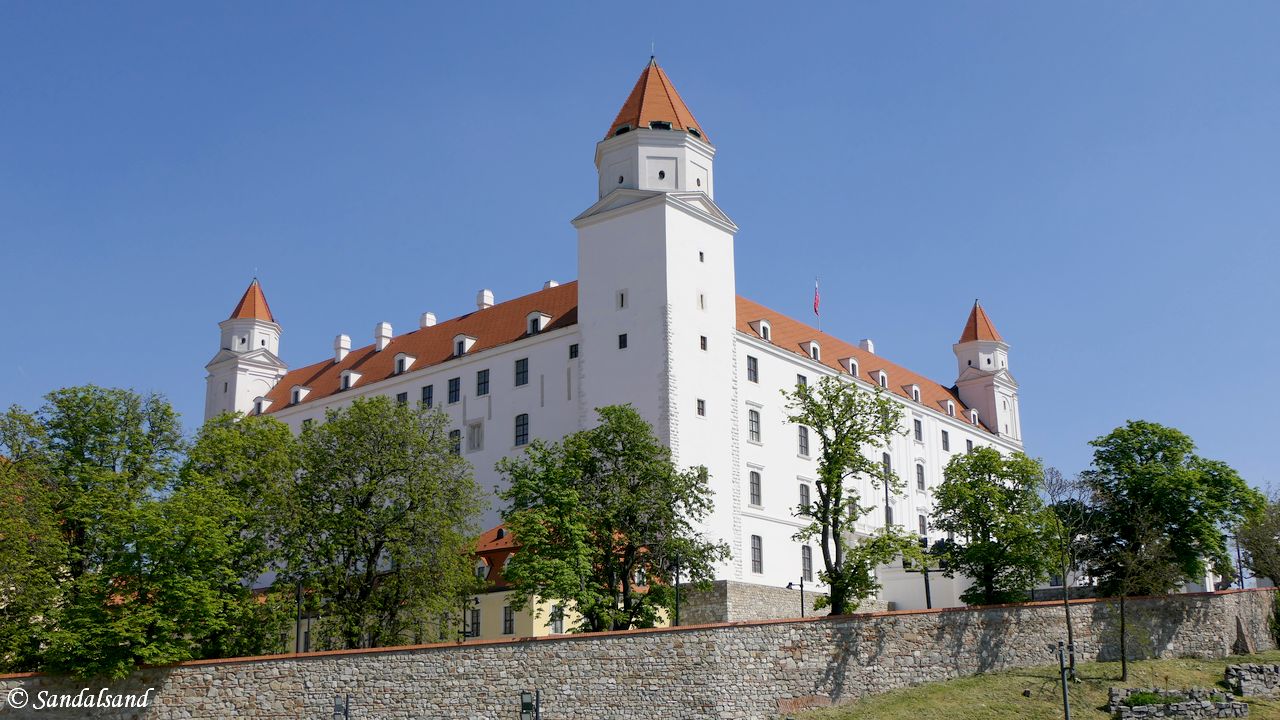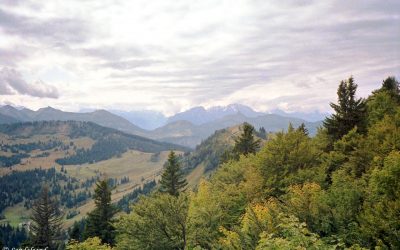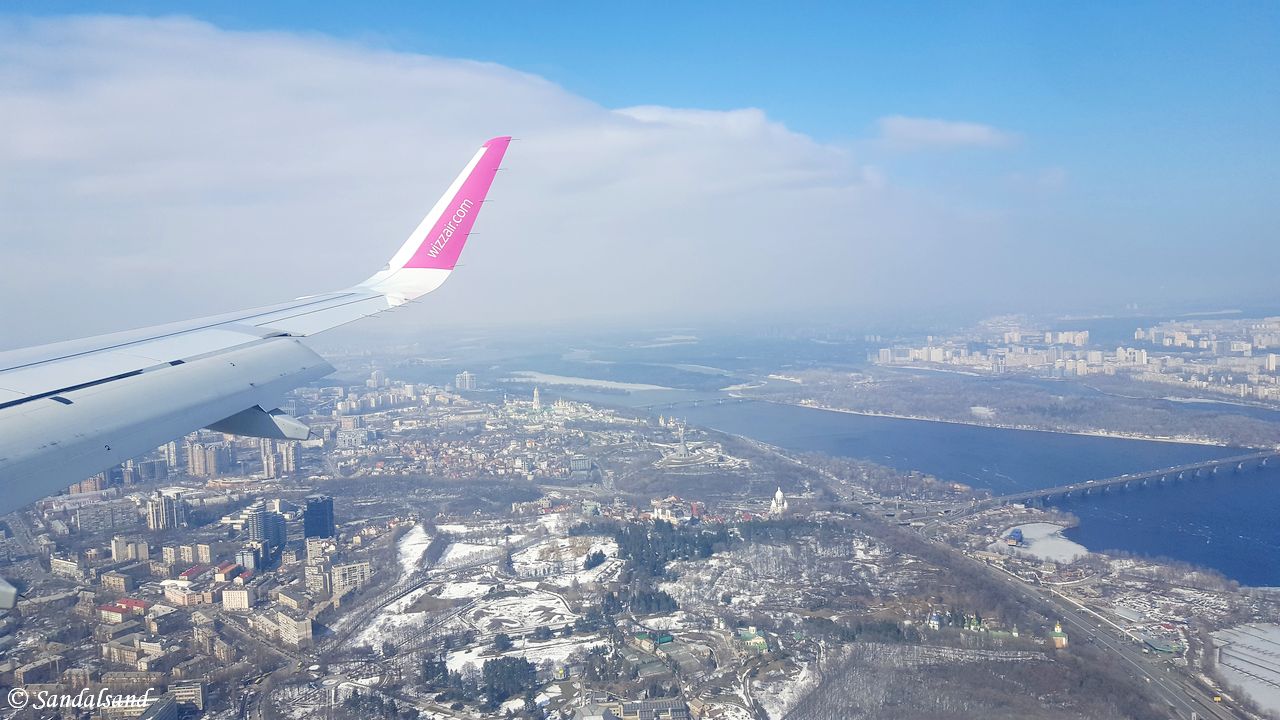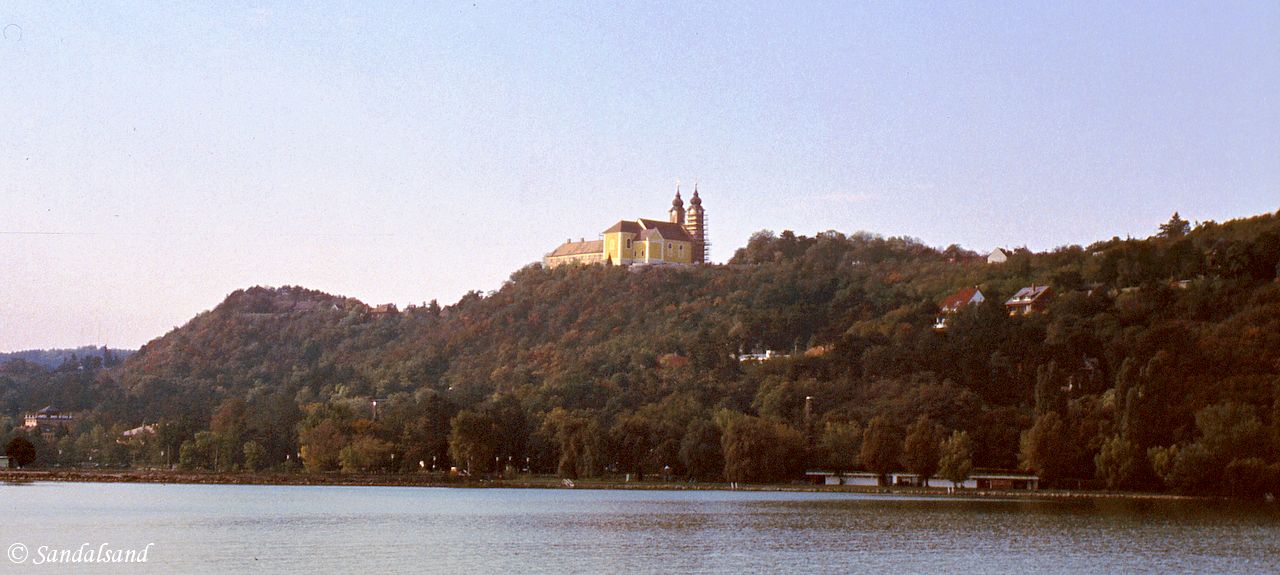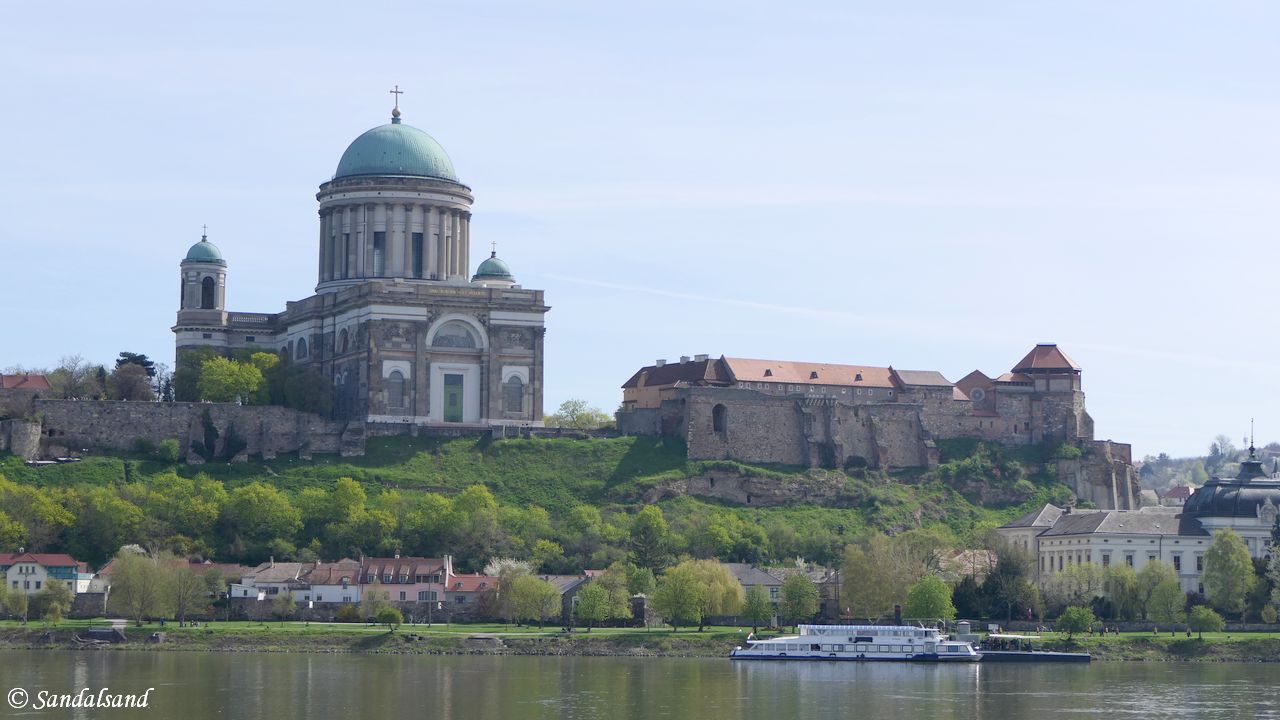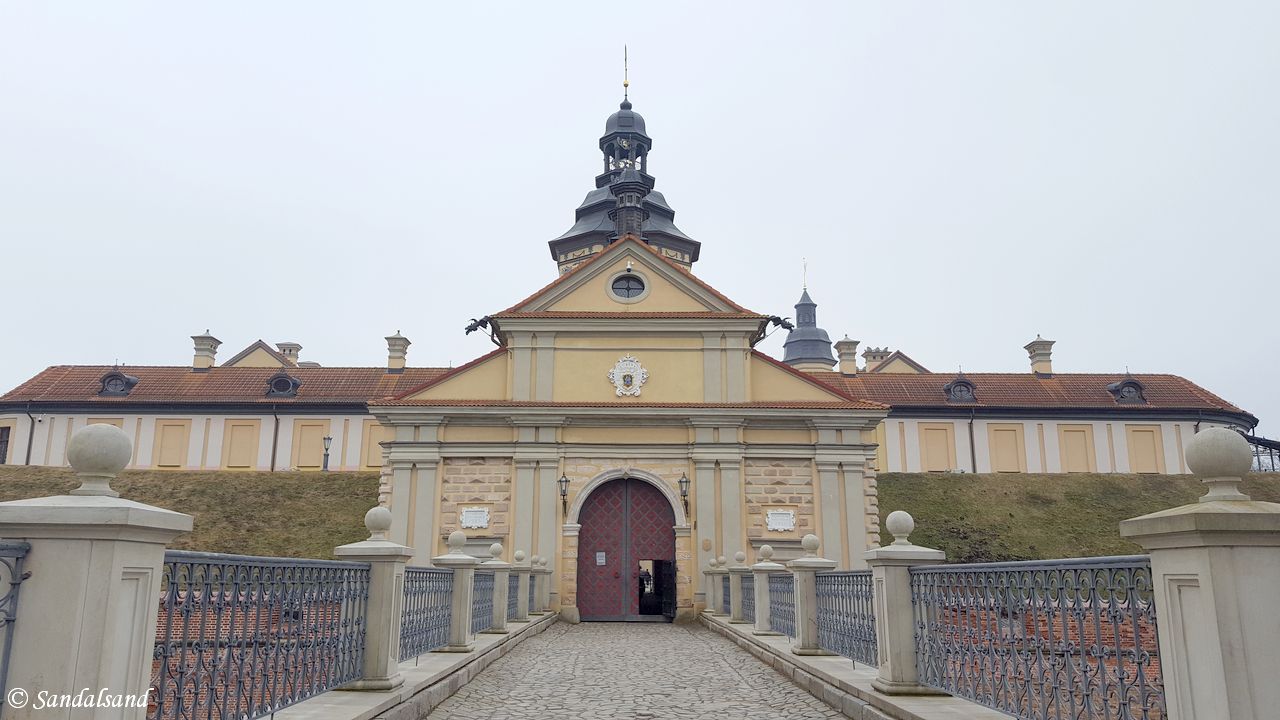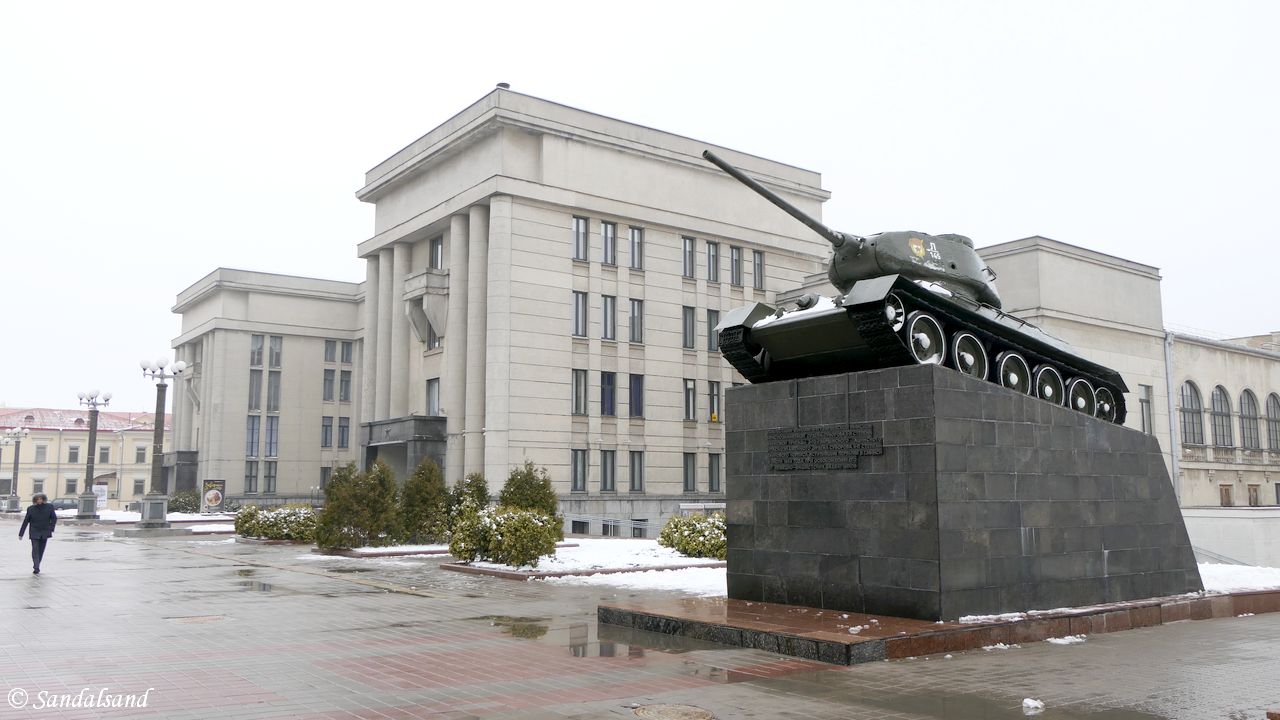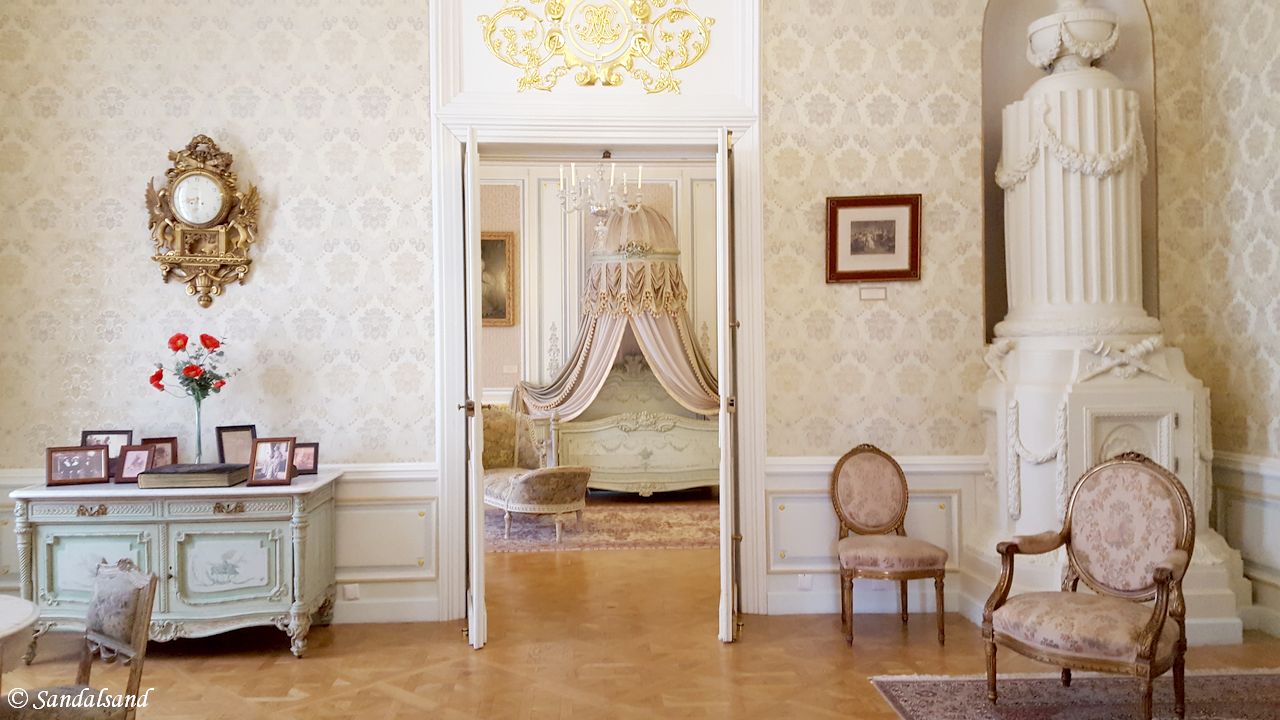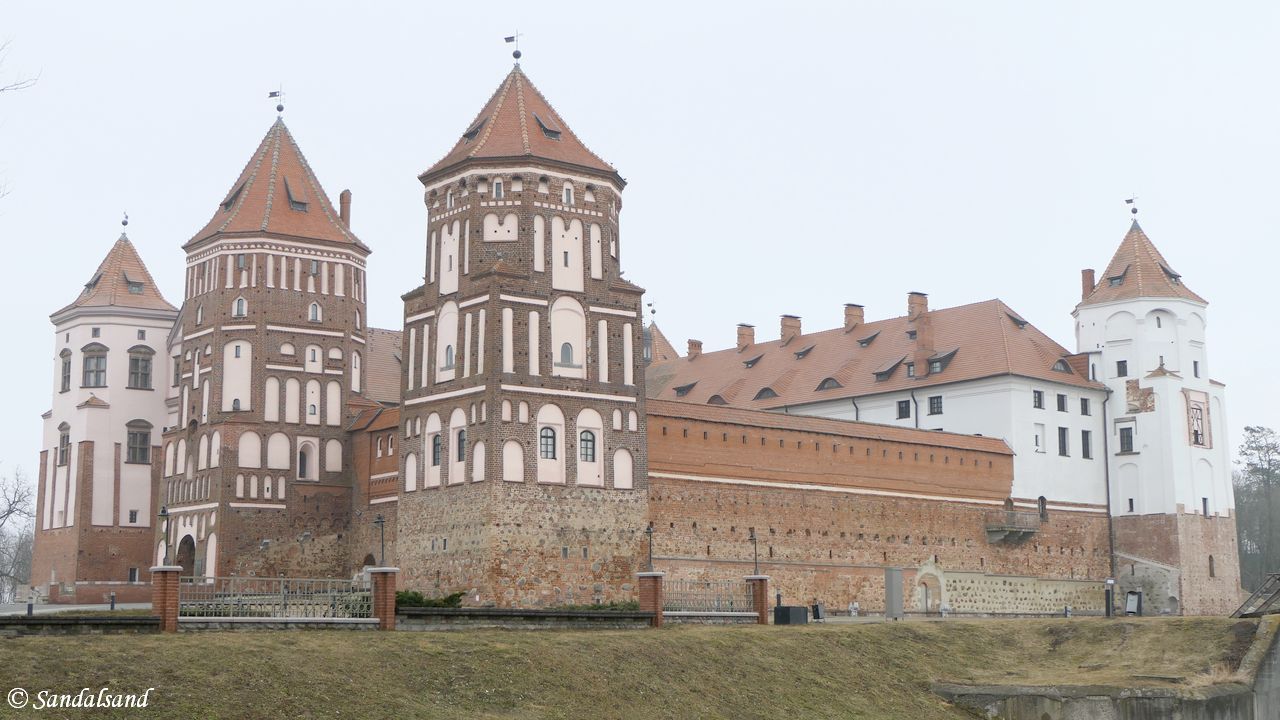Intro
States
Photos
Blog
Facts
Overall impressions
This is a picture from the “Old World”, the largely Protestant and ethnically quite homogeneous region stretching from Prague in the southeast to Ireland in the west to Scandinavia in the north – and to some extent Russia in the east. For four hundred years, between 1550/1600 and 1950/2000, countries in this region defined the world as we today know it. Geo-politically, economically, militarily, philosophically, culturally, and in terms of world languages.
All about this region is history. Everything older than 200 years fascinates Americans who come here. The OMGs emit at a constant pulse. This region hardly offers anything but 200+ years of historical artefacts. Asians who come here find consumers able to pay for their products. Africans coming here find nothing but a boot kicking them back home again.
The region’s population is (at least relatively speaking) in decline, it is ageing, the economic importance is becoming negligent, innovations take place elsewhere in the world, the region’s countries have for decades been vassal states under an external superpower. Europe as a whole is splitting apart in infighting, selfishness and an overburdened welfare state.
Countries
Armenia | Austria | Azerbaijan | Belarus | Belgium | Czechia | Denmark | Estonia | Finland | France | Georgia | Germany | Hungary | Iceland | Ireland | Latvia | Liechtenstein | Lithuania | Luxembourg | Netherlands | Norway | Poland | Russia | Slovakia | Sweden | Switzerland | Ukraine | United Kingdom
There are 25 countries in what Sandalsand has grouped as North and Central Europe. Click a country name to view all posts from each country.
My definition of North and Central Europe encompasses everything north of the Mediterranean Ocean, including parts of Eastern Europe. Sandalsand’s travels in this world region are numerous. Obviously, I have lived here all my life. If I was to attempt a resume of my travels in this region, I would not know where to start or finish, or how.
I have been to almost all countries in this region. The three exceptions are in the Caucasus. To be more specific, I have not been to Georgia, Armenia or Azerbaijan. Historically, they have been categorised as West Asia or even Middle East. In recent years, geographers have started to group the three under the Europe heading. I am including them here for the time being. They are most certainly on my bucket list, for many reasons.
Photo galleries
Open the box to view a multitude of picture galleries from Sandalsand’s travels in this region.
Click to show or hide
For the best experience, open a picture gallery in a new tab or window. You will find numerous galleries from Norway on another page. Read the introduction to Norway.
Posts from North, Central and East Europe
Find Norway entries on a separate page.
Pictures from Luxembourg
This is a collection of pictures from Luxembourg. It is the result of a single trip to the small country in Northern Europe. If you look into this...
Pictures from Germany
This is Sandalsand's collection of pictures from Germany. They are the result of trips to different parts of the country. If you look up my articles...
World Heritage #1084 – Kew Gardens
Kew Gardens, or more precisely Royal Botanic Gardens, Kew won its place on the World Heritage List in 2003. The UNESCO World Heritage List includes...
Pictures from the United Kingdom
This collection of pictures from the United Kingdom is the result of trips to different parts of the country (England, Scotland, Wales and Northern...
World Heritage #1613 – Great spa towns of Europe
Eleven great spa towns in seven countries across Europe are on the World Heritage List. They developed from natural mineral water springs. The...
World Heritage #1635 – Nice
Nice, the very popular town on the French Riviera, is part of the World Heritage List. UNESCO calls it a winter resort town, but Nice is in fact a...
Pictures from Finland
Pictures from Finland is a collection by Sandalsand. They are almost all from the capital of Helsinki. I will have to make it back to other parts of...
World Heritage #1239 – Berlin Modernism Housing Estates
The Berlin Modernism Housing Estates are remarkable. The end of World War I called for drastic improvements in the living conditions of ordinary and...
The ultimate Helsinki city walks
Get ready for the ultimate Helsinki city walks. Two long walks and 45 places to stop and admire. Helsinki, the capital of Finland, is a really nice...
Pictures from Ireland
This is a collection of Sandalsand's pictures from Ireland. They are from a couple of visits, many years apart. My first visit to Ireland was on a...
Pictures from Denmark
This is a collection of Sandalsand's pictures from Denmark. They are from trips to different parts of the country - Copenhagen, Jutland and the...
Pictures from Slovakia
This is a collection of pictures from Slovakia. They are basically the result of a visit back in 1990 on an Interrail, and a recent one in 2019 to...
Pictures from Austria
This is a collection of Sandalsand's pictures from Austria. This is a short but vital representation of what the country is like from east to west....
Another 10 European city breaks
Here are another 10 European city breaks. This is the third article in my series of European city breaks, the places you can fly or drive to in a...
World Heritage #0583 – Suomenlinna
Now a museum, the fortress of Suomenlinna was the largest naval fortress ever in the Nordic countries. It offers more than 200 years of military...
Pictures from Hungary
This is a collection of pictures from Hungary. Most images are from the capital of Budapest, and some from other parts of the country. Consult the...
The challenge of revisiting Budapest
I was revisiting Budapest and felt that I had been to most of the important attractions, before. What should I do? My answer is simple, look out for...
Towns and scenery along the Danube Bend
This is a fine day trip out of Budapest to the scenic Danube river and three stops on the Danube Bend that are both impressive, marvellous and...
Pictures from Belarus
This collection of pictures from Belarus is from the capital of Minsk and a couple of World Heritage Sites in the south of the country. ...
Alternative highlights and more from Minsk
This article presents alternative highlights from Minsk, above and below ground. It also deals with accommodation, restaurants, and practical...
A do-it-yourself walk in central Minsk
I will start with a brief introduction to Belarus, and spend most of the article promoting a do-it-yourself walk in central Minsk. ...
World Heritage #1196 – The Nesvizh Palace
The Nesvizh Palace is the most beautiful palace in Belarus. It seems clear that its diverse architecture and attractive gardens make it one of the...
World Heritage #0625 – Mir Castle Complex
A walk around the walls of the Mir Castle Complex in Belarus, reveals its turbulent history throughout the centuries. The inside offers a restored...
Pictures from Ukraine
This collection of pictures from Ukraine concentrates on the capital of Kyiv and the Chernobyl evacuation zone. Have a look at all Ukraine...
If countries were people, England and France would be old men. Italy would be dead. Compared with them, America is in its 20s. (will.i.am)
A fact sheet
This is Wikipedia’s introduction to Europe as a whole.
Map and numbers
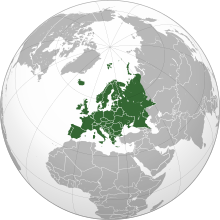
- Area: 10,180,000 km2
- Population: 741,447,158 (2016)
- Population density: 72.9/km2
- Nominal GDP: $20.2 trillion (2017)
- PPP GDP: $26.7 trillion (2017)
- Per capita GDP: $27,330 (2017)
- HDI: 0.845
- Demonym: European
- Countries: 50 sovereign states, one observer, 6 with limited recognition
- Dependencies: 6 dependencies
Geography
Europe is a continent located entirely in the Northern Hemisphere and mostly in the Eastern Hemisphere. It is bordered by the Arctic Ocean to the north, the Atlantic Ocean to the west and the Mediterranean Sea to the south. It comprises the westernmost part of Eurasia.
Since around 1850, Europe is most commonly considered as separated from Asia by the watershed divides of the Ural and Caucasus Mountains, the Ural River, the Caspian and Black Seas and the waterways of the Turkish Straits. Though the term “continent” implies physical geography, the land border is somewhat arbitrary and has moved since its first conception in classical antiquity. The division of Eurasia into two continents reflects East-West cultural, linguistic and ethnic differences, some of which vary on a spectrum rather than with a sharp dividing line. The border does not follow political boundaries, with Turkey and Russia being transcontinental countries.
Europe covers about 10,180,000 square kilometres, or 2% of the Earth’s surface (6.8% of land area). Politically, Europe is divided into about fifty sovereign states of which the Russian Federation is the largest and most populous, spanning 39% of the continent and comprising 15% of its population. Europe had a total population of about 741 million (about 11% of the world population) as of 2016. The European climate is largely affected by warm Atlantic currents that temper winters and summers on much of the continent, even at latitudes along which the climate in Asia and North America is severe. Further from the sea, seasonal differences are more noticeable than close to the coast.
History
Europe, in particular ancient Greece, was the birthplace of Western civilization. The fall of the Western Roman Empire in 476 AD and the subsequent Migration Period marked the end of ancient history and the beginning of the Middle Ages. Renaissance humanism, exploration, art and science led to the modern era. From the Age of Discovery onwards, Europe played a predominant role in global affairs. Between the 16th and 20th centuries, European powers controlled at various times the Americas, almost all of Africa and Oceania and the majority of Asia.
The Age of Enlightenment, the subsequent French Revolution and the Napoleonic Wars shaped the continent culturally, politically and economically from the end of the 17th century till the first half of the 19th century. The Industrial Revolution, which began in Great Britain at the end of the 18th century, gave rise to radical economic, cultural and social change in Western Europe and eventually the wider world.
Both world wars took place for the most part in Europe, contributing to a decline in Western European dominance in world affairs by the mid-20th century as the Soviet Union and the United States took prominence. During the Cold War, Europe was divided along the Iron Curtain between NATO in the West and the Warsaw Pact in the East, until the revolutions of 1989 and fall of the Berlin Wall.
Source
Wikipedia on a Creative Commons Attribution-ShareAlike License. Date: 2018-06-22

